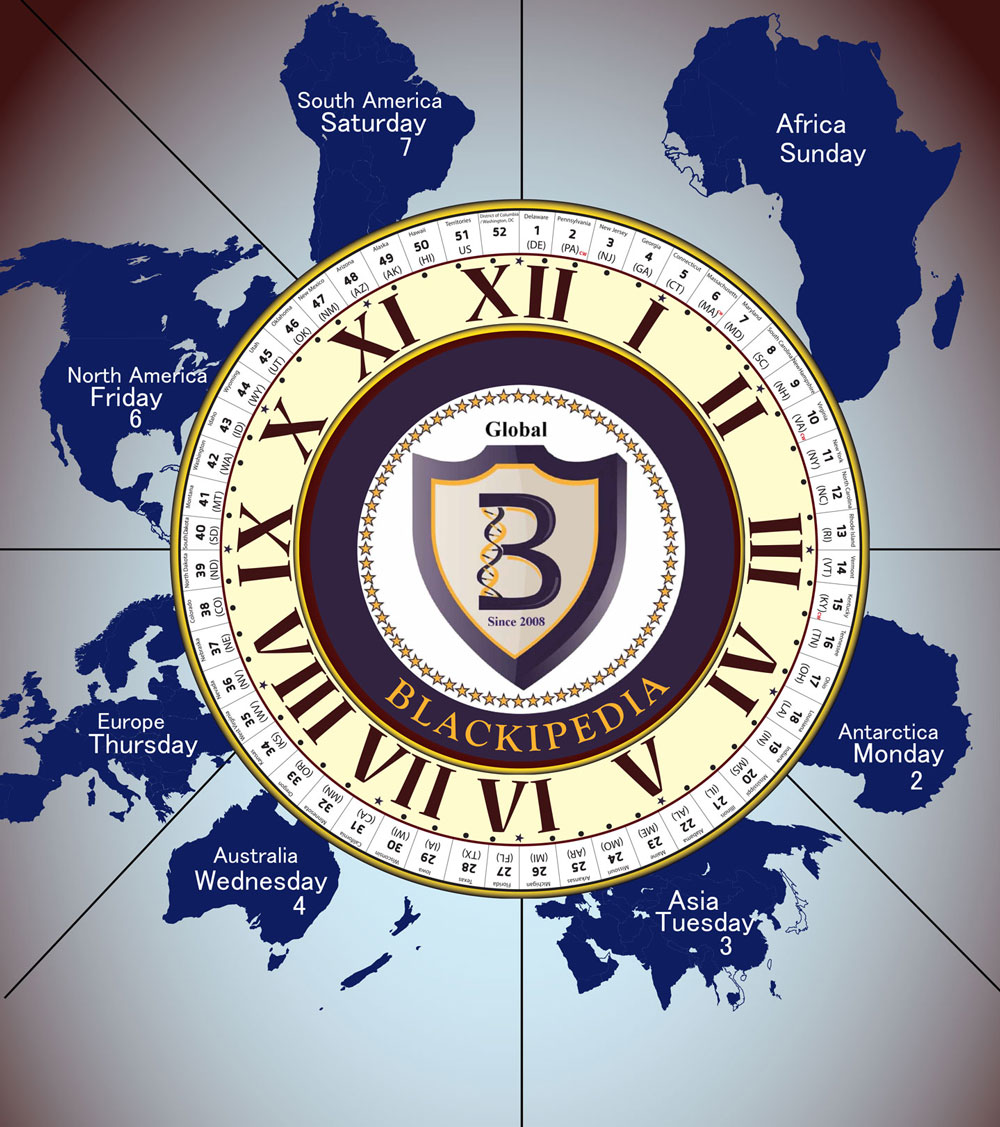Maryann Shadd was born into a free family on October 9, 1823, in Wilmington, Delaware. Daughter of Abraham Shadd, who had been a conductor in the Underground Railroad in Delaware and Pennsylvania. Her grandfather was a white German soldier Hans Shadd and grandmother a free black woman Elizabeth. The Shadd family moved to Wilmington, Delaware, in the 1770s. When Delaware entered the State of Union as the first state, the Shadd’s resided in Wilmington and owned two businesses. Hans owned a butcher shop, and Elizabeth owned a tea shop. Abraham grew up in Delaware and eventually took over his dad’s butcher shop and became an established shoemaker operating a second business.
Abraham wanted his children to have a good education, and there was only one African American school in Wilmington, and they did not accept girls. For Maryann and her siblings to have a good education, the Shadd family moved from Wilmington, Delaware, to West Chester, Pennsylvania, when Maryann was still young. Her education is the foundation of her success as an educator, publisher, lawyer, and activist. She attended a Quaker ran boarding school in West Chester until 16 years of age. After finishing school in 1840, Shadd returned to East Chester and established a school for African Americans.
The Shadd family continued helping slaves escape safely to freedom. In 1850 Congress passed the Fugitive Slave Act; this law made it legal to force runaway slaves in free states to return to enslavement. The law also punished free African Americans; if they were caught assisting runaway slaves, the free men would be sold into slavery for seven years. After this law was put into place, Maryann Shadd moved to Canada and settled in Windsor, Ontario.
After her move to Canada, Maryann found love and married Thomas J. Cary. After getting married, Maryann opened an integrated school, teaching both whites and blacks. She also wrote a pamphlet titled “Notes of Canada West,” where she spoke on the benefits of emigration and blacks’ opportunities in Canada. In 1853 Shadd founded an anti-slavery newspaper, The Provincial Freeman, establishing Maryann Shadd Cary as the first black female editor in North America. Shadd had financial struggles that led to the newspaper shutting down production in 1859, and in 1860 her husband died, leaving her as a single mom of two.
In 1863, during the Civil War, Shadd moved back to the United States after being offered a job recruiting black men to serve in the Union Army. Shadd became the first black female to actively recruit troops. After the Civil War, Shadd Cary taught in black schools in Wilmington, Delaware, until she moved to Washington, DC. While living in D.C., Shadd Cary was a teacher during the day and took night classes at Howard University of Law. In 1870 Maryann Shadd Cary graduated from law school and became the second black female in the United States with a law degree.
Maryann became a member of the National Woman Suffrage Association. She joined other activists such as Susan B. Anthony and Frederick Douglas. She testified before the Judiciary Committee of the House of Representatives and became the first African American woman to vote in a national election.
In 1893 Maryann Shadd Cary died of stomach cancer in Washington, DC. She lived a long life dedicated to teaching and helping others and made her mark in this world, becoming a well-known historical figure. Maryann Shadd Cary- The first black female publisher in North America, The first black female army recruiter, The second black female with a law degree, and The first African American to vote in a national election.

